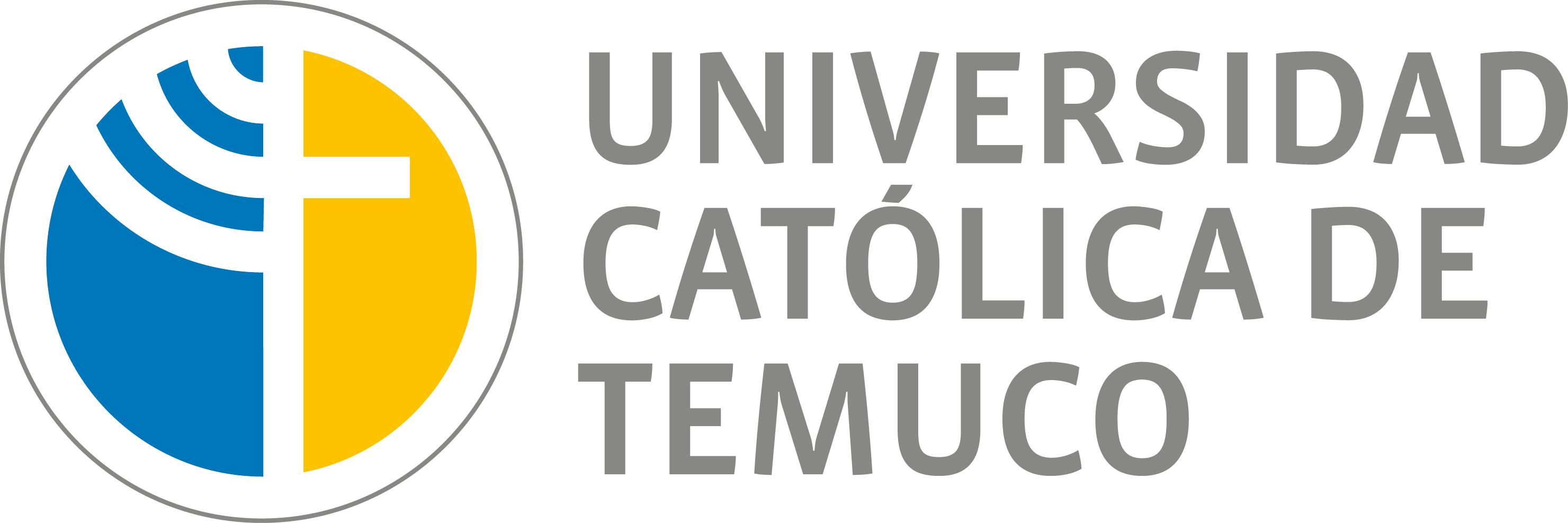How mine tailings storage facilities (TSF) are managed reflects the history, regulatory framework, and environment of a country and locale of the mine. Despite many attempts to find an environmentally friendly strategy for tailings management and governance that balances the needs of society and the ecosystem, there is no worldwide agreement regarding the best practices for tailings management and governance. This article reviews the evolution of copper tailings management and governance in Chile, current practices, and changes that could be or may need to be made to improve practices in response to local environmental conditions and local tolerance for risk. The progress to date in developing a holistic tailings management strategy is summarized. This article also describes recent proposals for the best available technologies (BATs), case histories of Chilean TSF using conventional technology, thickened tailings, paste tailings, filtered tailings, water use reduction, tailings reprocessing to obtain rare earth elements (REEs), circular economy, submarine deep-sea tailings disposal, and ways to avoid failure in a seismic region. Finally, the Chilean tailings industry’s pending issues and future challenges in reducing the socioenvironmental impacts of tailings are presented, including advances made and lessons learned in developing more environmentally friendly solutions.
Keywords: mine tailings; tailings disposal; tailings reprocessing; rare earth elements (REEs); submarine deep-sea tailings disposal; tailings governance; circular economy
